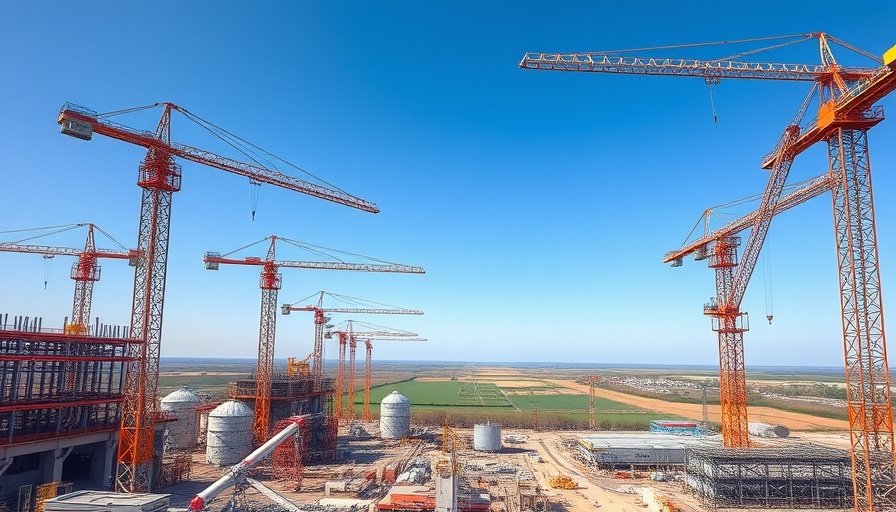
The Complex World of Project Disruption Claims
The construction industry often feels like a high-stakes game of chess, where each move can lead to a plethora of outcomes—especially when it comes to project disruption claims. For contractors, navigating the murky waters of these claims is essential for maintaining both project efficiency and cost management. Whether it’s due to adverse weather conditions or unexpected site conditions, disruptions can significantly impact project timelines and costs. So, how do contractors accurately calculate their claims for unforeseen disruptions, and what strategies can lead to successful outcomes?
The Importance of Accurate Documentation
Documentation plays a pivotal role in supporting project disruption claims. Contractors must maintain meticulous records detailing the timeline of events leading to the disruption. This includes everything from daily reports and correspondence to photographs of site conditions. In many cases, the contractor who can present clear, chronological data about the disruption has the upper hand in claim negotiations. By ensuring that all documentation is accurate and up-to-date, contractors not only protect their interests but also foster trust with clients, which is paramount in today’s collaborative construction environment.
Engaging with Technology for Better Claims Management
With the advent of construction technology, managing disruption claims has entered a new era. Innovative tools are emerging that enable contractors to analyze project data in real time. Software that integrates scheduling and costing can provide invaluable insights into how disruptions affect overall project timelines and budgets. By leveraging technology, contractors can present compelling claims backed by data analytics, which can often sway decisions in their favor. Furthermore, utilizing these tools allows for more proactive management, potentially mitigating disruptions before they escalate into significant issues.
Understanding the Client’s Perspective
It’s essential for contractors to understand that clients, too, have vested interests in the project's success. The balance of ensuring client satisfaction while managing costs can be challenging but crucial. Open communication with clients about the risks and realities of disruptions can lead to better relationships and smoother negotiations. Contractors who approach these discussions transparently are more likely to navigate disruption claims more effectively and maintain a positive rapport with clients.
Future Trends in Disruption Claims
As the construction industry continues to evolve, so do the strategies for managing disruption claims. A growing trend is the emphasis on risk management during the pre-construction phase. By identifying potential pitfalls before they occur, contractors can plan for contingencies and mitigate the impact of disruptions down the line. Going forward, incorporating more detailed pre-contractual risk assessments will not only enhance project deliverables but also support the calculation of disruption claims.
Ultimately, the landscape of project disruption claims is complex, requiring a blend of documentation, technology, client engagement, and forward-thinking strategies. By embracing these elements, contractors can not only protect their interests but also elevate the standard of excellence in the construction industry.
Dive deeper into efficient project management strategies to optimize your construction projects. What steps are you taking to prepare for unforeseen disruptions?
 Add Row
Add Row  Add
Add 




Write A Comment